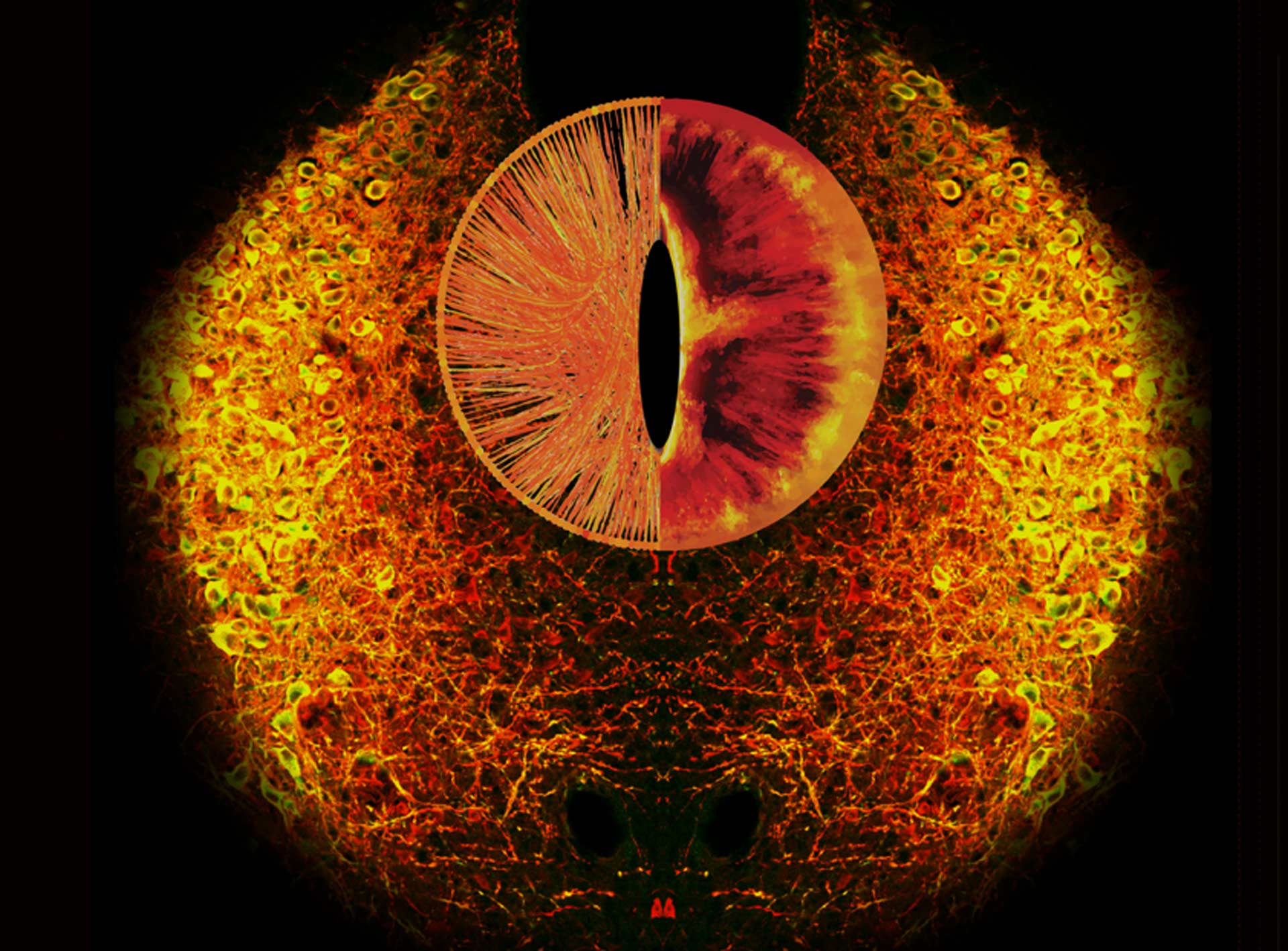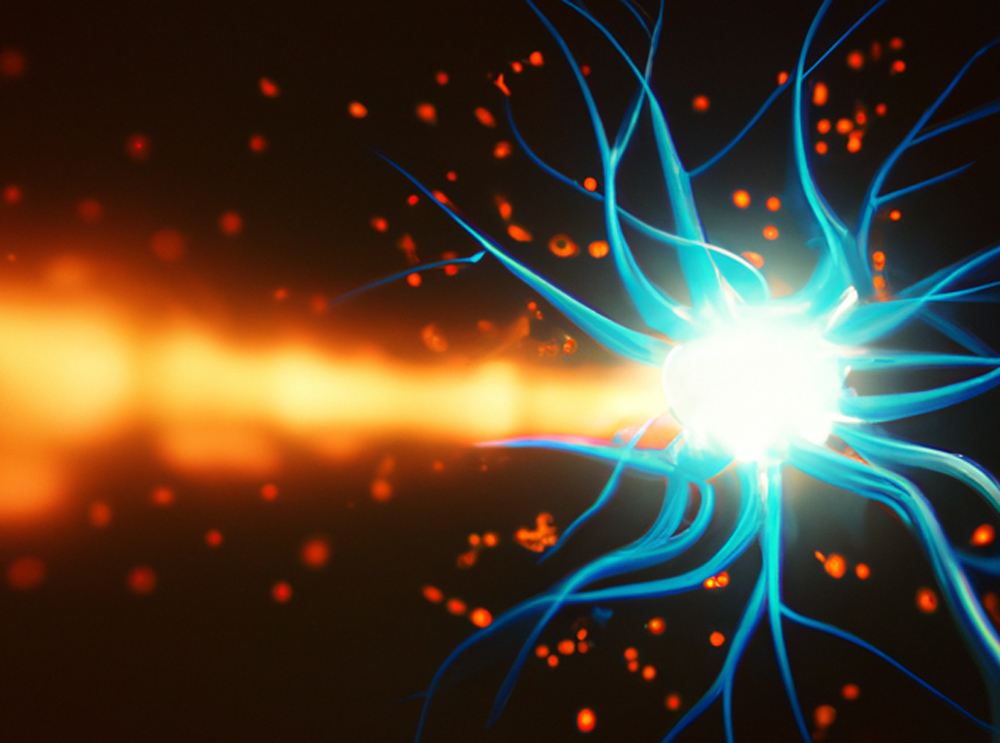MEMBERS
Valerio Zerbi


Valerio Zerbi is Professor in the Departments of Psychiatry and Basic Neuroscience at the University of Geneva. After training in biomedical engineering, he specialised in preclinical imaging of psychiatric and neurological disorders. Today, his research focuses on the development of neurotechnologies for a better understanding of the central nervous system and its dysfunctions.
His interest in mental health stems from a fascination with the complexity of the brain, which is why he now seeks to unravel the processes behind the subtlety of this organ. He believes that the synergy of bioengineering, advanced imaging, and neurotechnology provides a powerful window for uncovering the origins of psychiatric disorders and for driving transformative treatments that enhance well-being of those affected.
The Locus Coeruleus as conductor of the orchestra
The Locus Coeruleus is a small structure deeply embedded in the brain stem. It plays a central role in the way we perceive the world around us. Valerio Zerbi’s laboratory is particularly interested in understanding its influence on the regulation of brain networks activity. His approach combines functional MRI and the modulation of Locus Coeruleus activity using optogenetics. By combining these approaches with advanced network analysis, the laboratory aims to define the role of the Locus Coeruleus in arousal, attention and cognitive flexibility, brain functions that are impaired in many psychiatric disorders.

Neurotechnologies for cellular imaging and transplantation
Valerio Zerbi’s second axis of research concerns the transplantation of dopaminergic neurons in Parkinson’s disease. Although this approach is widely used in clinical research, there is no non-invasive way to assess the long-term evolution of cell transplants. To remedy this, Valerio Zerbi’s laboratory is developing a neuroimaging approach to quantify the integration of transplants into neural tissue. They also aim to improve their integration through the additional use of optical, ultrasound and electrical neuromodulation techniques.

